1. Temtamy SA, Aglan MS. Brachydactyly. Orphanet J Rare Dis. 2008; 3:15. PMID:
18554391.

2. Temtamy SA, McKusick VA. The genetics of hand malformations. Birth Defects Orig Artic Ser. 1978; 14:1–619.
3. Pereda A, Garin I, Garcia-Barcina M, Gener B, Beristain E, Ibanez AM, et al. Brachydactyly E: isolated or as a feature of a syndrome. Orphanet J Rare Dis. 2013; 8:141. PMID:
24028571.

4. Hertzog KP. Brachydactyly and pseudo-pseudohypoparathyroidism. Acta Genet Med Gemellol (Roma). 1968; 17:428–438. PMID:
5703222.

5. Drezner MK, Neelon FA, Haussler M, McPherson HT, Lebovitz HE. 1,25-Dihydroxycholecalciferol deficiency: the probable cause of hypocalcemia and metabolic bone disease in pseudohypoparathyroidism. J Clin Endocrinol Metab. 1976; 42:621–628. PMID:
1083395.

6. de Sanctis L, Vai S, Andreo MR, Romagnolo D, Silvestro L, de Sanctis C. Brachydactyly in 14 genetically characterized pseudohypoparathyroidism type Ia patients. J Clin Endocrinol Metab. 2004; 89:1650–1655. PMID:
15070926.

7. Stone MD, Hosking DJ, Garcia-Himmelstine C, White DA, Rosenblum D, Worth HG. The renal response to exogenous parathyroid hormone in treated pseudohypoparathyroidism. Bone. 1993; 14:727–735. PMID:
8268047.

8. Tafaj O, Juppner H. Pseudohypoparathyroidism: one gene, several syndromes. J Endocrinol Invest. 2017; 40:347–356. PMID:
27995443.

9. Mantovani G, Bondioni S, Locatelli M, Pedroni C, Lania AG, Ferrante E, et al. Biallelic expression of the Gsalpha gene in human bone and adipose tissue. J Clin Endocrinol Metab. 2004; 89:6316–6319. PMID:
15579796.
10. Bastepe M, Weinstein LS, Ogata N, Kawaguchi H, Juppner H, Kronenberg HM, et al. Stimulatory G protein directly regulates hypertrophic differentiation of growth plate cartilage in vivo. Proc Natl Acad Sci U S A. 2004; 101:14794–14799. PMID:
15459318.

11. Weinstein LS, Yu S, Warner DR, Liu J. Endocrine manifestations of stimulatory G protein alpha-subunit mutations and the role of genomic imprinting. Endocr Rev. 2001; 22:675–705. PMID:
11588148.
12. Levine MA, Germain-Lee E, Jan de Beur S. Genetic basis for resistance to parathyroid hormone. Horm Res. 2003; 60(Suppl 3):87–95. PMID:
14671404.

13. Mantovani G, Spada A. Resistance to growth hormone releasing hormone and gonadotropins in Albright's hereditary osteodystrophy. J Pediatr Endocrinol Metab. 2006; 19(Suppl 2):663–670. PMID:
16789632.
14. Mantovani G, Ballare E, Giammona E, Beck-Peccoz P, Spada A. The Gsalpha gene: predominant maternal origin of transcription in human thyroid gland and gonads. J Clin Endocrinol Metab. 2002; 87:4736–4740. PMID:
12364467.
15. Nakamoto JM, Sandstrom AT, Brickman AS, Christenson RA, Van Dop C. Pseudohypoparathyroidism type Ia from maternal but not paternal transmission of a Gsalpha gene mutation. Am J Med Genet. 1998; 77:261–267. PMID:
9600732.
16. Simpson C, Grove E, Houston BA. Pseudopseudohypoparathyroidism. Lancet. 2015; 385:1123. PMID:
25484027.

17. Liu X, Jian X, Boerwinkle E. dbNSFP v2.0: a database of human non-synonymous SNVs and their functional predictions and annotations. Hum Mutat. 2013; 34:E2393–E2402. PMID:
23843252.

18. Mundlos S. The brachydactylies: a molecular disease family. Clin Genet. 2009; 76:123–136. PMID:
19790289.

19. Strewler GJ. The physiology of parathyroid hormone-related protein. N Engl J Med. 2000; 342:177–185. PMID:
10639544.

20. Karaplis AC, Luz A, Glowacki J, Bronson RT, Tybulewicz VL, Kronenberg HM, et al. Lethal skeletal dysplasia from targeted disruption of the parathyroid hormone-related peptide gene. Genes Dev. 1994; 8:277–289. PMID:
8314082.

21. Amling M, Neff L, Tanaka S, Inoue D, Kuida K, Weir E, et al. Bcl-2 lies downstream of parathyroid hormone-related peptide in a signaling pathway that regulates chondrocyte maturation during skeletal development. J Cell Biol. 1997; 136:205–213. PMID:
9008714.

22. Vortkamp A, Lee K, Lanske B, Segre GV, Kronenberg HM, Tabin CJ. Regulation of rate of cartilage differentiation by Indian hedgehog and PTH-related protein. Science. 1996; 273:613–622. PMID:
8662546.

23. Wysolmerski JJ, Philbrick WM, Dunbar ME, Lanske B, Kronenberg H, Broadus AE. Rescue of the parathyroid hormone-related protein knockout mouse demonstrates that parathyroid hormone-related protein is essential for mammary gland development. Development. 1998; 125:1285–1294. PMID:
9477327.

24. Kovacs CS, Kronenberg HM. Maternal-fetal calcium and bone metabolism during pregnancy, puerperium, and lactation. Endocr Rev. 1997; 18:832–872. PMID:
9408745.

25. Philbrick WM, Dreyer BE, Nakchbandi IA, Karaplis AC. Parathyroid hormone-related protein is required for tooth eruption. Proc Natl Acad Sci U S A. 1998; 95:11846–11851. PMID:
9751753.

26. Brines ML, Ling Z, Broadus AE. Parathyroid hormone-related protein protects against kainic acid excitotoxicity in rat cerebellar granule cells by regulating L-type channel calcium flux. Neurosci Lett. 1999; 274:13–16. PMID:
10530508.

27. Yamamoto M, Harm SC, Grasser WA, Thiede MA. Parathyroid hormone-related protein in the rat urinary bladder: a smooth muscle relaxant produced locally in response to mechanical stretch. Proc Natl Acad Sci U S A. 1992; 89:5326–5330. PMID:
1376916.

28. Klopocki E, Hennig BP, Dathe K, Koll R, de Ravel T, Baten E, et al. Deletion and point mutations of PTHLH cause brachydactyly type E. Am J Hum Genet. 2010; 86:434–439. PMID:
20170896.

29. Thomas-Teinturier C, Pereda A, Garin I, Diez-Lopez I, Linglart A, Silve C, et al. Report of two novel mutations in PTHLH associated with brachydactyly type E and literature review. Am J Med Genet A. 2016; 170:734–742. PMID:
26640227.
30. Wang J, Wang Z, An Y, Wu C, Xu Y, Fu Q, et al. Exome sequencing reveals a novel PTHLH mutation in a Chinese pedigree with brachydactyly type E and short stature. Clin Chim Acta. 2015; 446:9–14. PMID:
25801215.

31. Jamsheer A, Sowinska-Seidler A, Olech EM, Socha M, Kozlowski K, Pyrkosz A, et al. Variable expressivity of the phenotype in two families with brachydactyly type E, craniofacial dysmorphism, short stature and delayed bone age caused by novel heterozygous mutations in the PTHLH gene. J Hum Genet. 2016; 61:457–461. PMID:
26763883.

32. Pereda A, Garzon-Lorenzo L, Garin I, Cruz-Rojo J, Sanchez Del Pozo J, Perez de Nanclares G. The p.R56* mutation in PTHLH causes variable brachydactyly type E. Am J Med Genet A. 2017; 173:816–819. PMID:
28211986.

33. Bell J. On brachydactyly and symphalangism. London: Cambridge University Press;1951.
34. Spranger J. Pattern recognition in bone dysplasias. Prog Clin Biol Res. 1985; 200:315–342. PMID:
4080742.

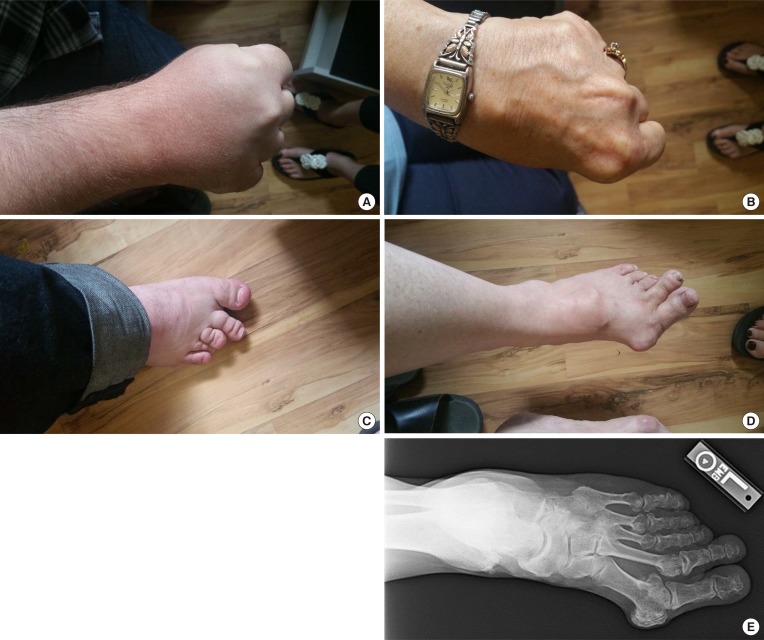
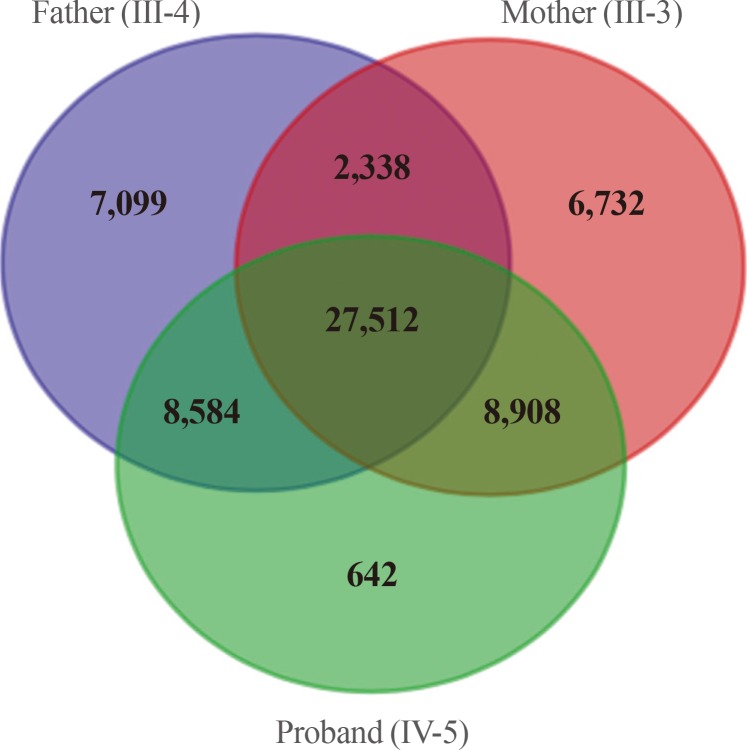
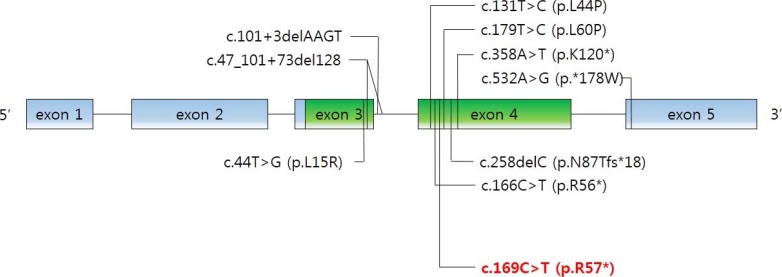
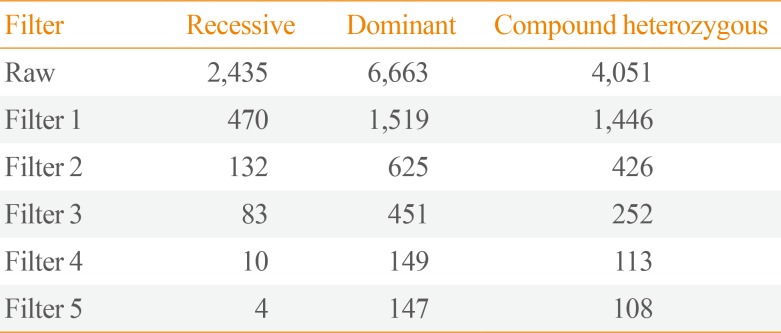
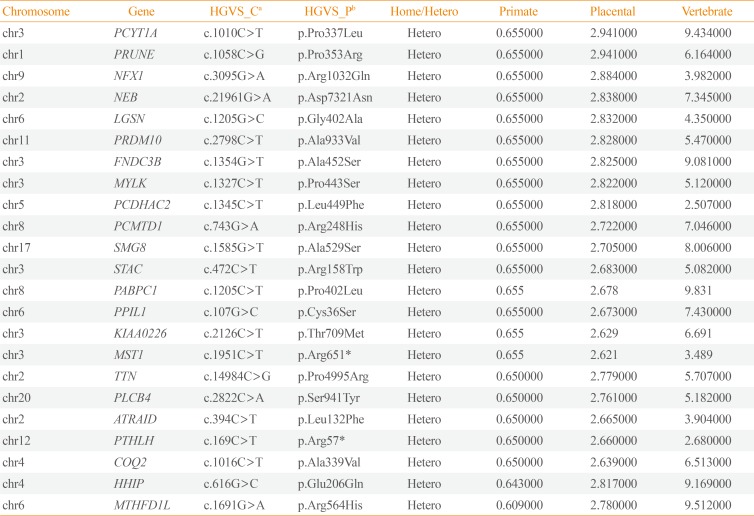




 PDF
PDF ePub
ePub Citation
Citation Print
Print



 XML Download
XML Download